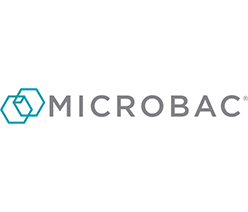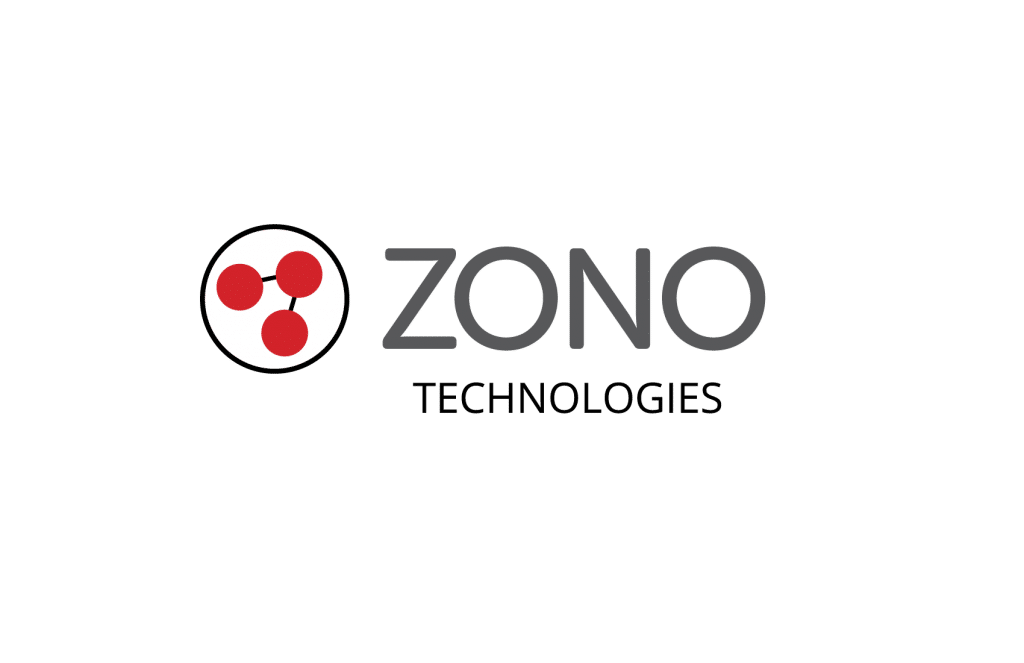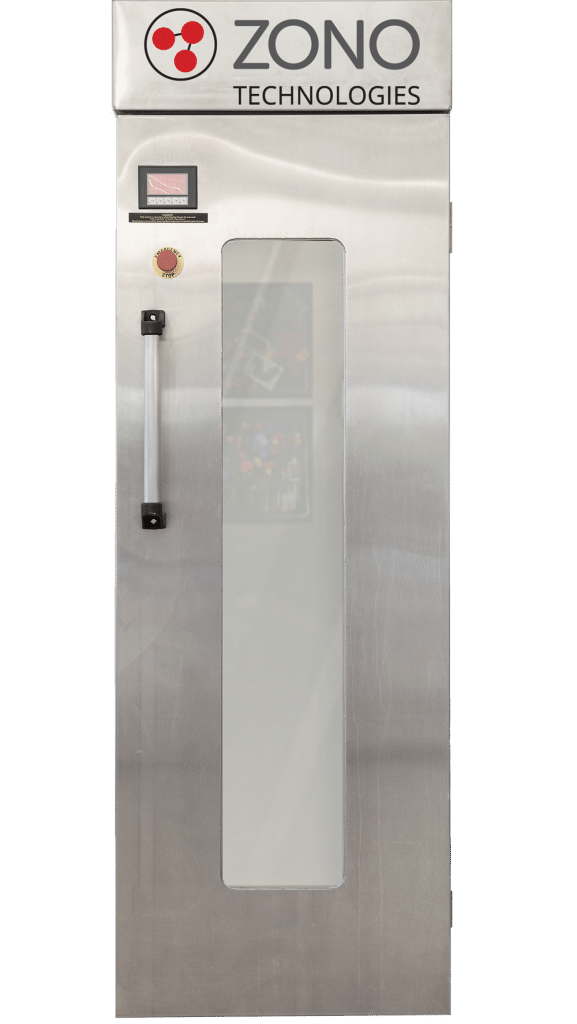One of nature’s most powerful oxidizers (second only to elemental fluorine), ozone has been used as a powerful organic disinfectant and sanitizer since the early 1900s. Ozone is widely used for water treatment, including disinfection of municipal water supplies, swimming pools, spas, cooling towers, and sewage treatment plants. Today, nearly all bottled water is treated with ozone. The United States Department of Agriculture accepted ozone as safe and suitable for use in the production of meat and poultry products in 2000 (Final Ruling), and the United States Food and Drug Administration approved ozone as an antimicrobial agent for food in 2001.
Ozone is recognized as an efficient sanitizing and disinfecting agent by the World Health Organization.
Introduction to Ozone
One of nature’s most powerful oxidizers (second only to elemental fluorine), ozone has been used as a powerful organic sanitizer since the early 1900s. Ozone is widely used for water treatment, including disinfection of municipal water supplies, swimming pools, spas, cooling towers, and sewage treatment plants. Today, nearly all bottled water is treated with ozone. The United States Department of Agriculture accepted ozone as safe and suitable for use in the production of meat and poultry products in 2000 (Final Ruling), and the United States Food and Drug Administration approved ozone as an antimicrobial agent for food in 2001.
Ozone is recognized as an efficient sanitizing agent by the World Health Organization.
Why Ozone?
- Ozone is a gas made of just one thing: oxygen.
- Unlike harsh liquid sanitizers and disinfectants, ozone gas penetrates padding and fabric where spray sanitizers and disinfectants cannot go.
- Unlike other sanitizers and disinfectants, such as chlorine bleach, ozone gas does not damage or impact the integrity of the fabric or padding.
- Ozone gas can sanitize and disinfect fabrics and items that are non-washable.
- Ozone eliminates the use of hot water.
- Ozone is inexpensive to produce.
- Ozone substantially reduces offensive odors, which are likely the result of decomposition of the bacteria and viruses.
- Ozone will not damage, discolor, or decrease the life of paper, wood, metal or glass items and most plastics.
Why Ozone?
- Ozone is a gas made of just one thing: oxygen
- Unlike harsh liquid sanitizers, ozone gas penetrates into padding and fabric where spray sanitizers cannot go
- Unlike other sanitizers, such as chlorine bleach, ozone gas does not damage or impact the integrity of the fabric or padding
- Ozone gas can sanitize fabrics and items that are non-washable
- Ozone eliminates the use of hot water
- Ozone is very inexpensive to produce
- Ozone substantially reduces offensive odors, which are likely the result of decomposition of the bacteria and viruses
- Ozone will not damage, discolor, or decrease the life of paper, wood, metal or glass items and most plastics
The Science Supporting the ZONO™ Ozone Cabinet
The ZONO™ Ozone Cabinet is a “Disinfectant” and “Sanitizer.” What does that mean? To “disinfect” is to inactivate or destroy viral microorganisms on inert surfaces, and in testing it is a 99.9% kill rate of the virus tested. To “sanitize’ means to reduce bacterial microorganisms to levels considered safe from a public health viewpoint, and in testing it is a 99.9% kill rate of the bacteria tested. For example, on common liquid disinfectants, you will see a claim that state the product kills 99.9% of common viruses+ and on sanitizers you will see a claim that states the product kills 99.9% of common bacteria*. The + then refers the reader to the virus tested using the chemical and the * refers the reader to the bacteria tested using the chemical.
People often mistakenly use the terms sanitize, disinfect, and sterilize interchangeably. Those terms have distinct meanings under the law.
The Science Supporting the ZONO Sanitizer
The ZONO is a “Sanitizer”. What does that mean? To “sanitize’ means to reduce microorganisms to levels considered safe from a public health viewpoint, and in testing, it is 99.9% kill rate of the microorganism that is being tested. For example, on common chemical sanitizers you will see a claim that states that the product kills 99.9% of common bacteria*. The * then refers the reader to the bacteria that were tested using that chemical.
People often mistakenly use the terms sanitize, disinfect, and sterilize interchangeably. Those terms have distinct meanings under the law and U. S. EPA regulations.
Laboratory Validation
The efficacy of the ZONO™ Ozone Cabinet to kill bacteria* and viruses+ has been verified by independent testing by Aerobiology Laboratory Associates (December 2010) and the University of Georgia, Center for Food Safety, College of Agricultural and Environmental Sciences (February 2011) , and Microbac Laboratories (2021 and 2023).
The ZONO™ Cabinet meets the EPA’s requirements for making Virucidal claims for a surface disinfectant which requires at least a 3 log 10 reduction in virus titers (using Feline Calicivirus and Murine Norovirus model viruses and Influenza A) on non-porous surfaces..
The ZONO™ Cabinet meets the EPA’s requirements for making Sanitizing claims for a surface sanitizer which requires at least a 3 log10 reduction in bacterial count using Staphylococcus aureus, Methicillin-Resistant Staphylococcus aureus, Escherichia Coli, Streptococcus Pyogenes, Shigella dysenteriae, Salmonella Enteritidis, and Pseudomonas Aeruginosa on non-porous, semi-porous and porous surfaces.
Reports available upon request.




Safety Information
At ZONO Technologies™, your health and safety and the health of the environment are our top priorities. The numerous safety features described below provide protection from ozone exposure while operating the ZONO™ Cabinet in play and work areas.
Before operating the ZONO™ Cabinet, always read the Owner’s Manual.
Clear Panel Doors
The doors of the ZONO™ Cabinet have clear panels, so items inside can be seen from the outside.
Display Panel
The Display Panel on the front of the ZONO™ Cabinet always tells the operator whether the ZONO™ Cabinet is locked or unlocked, safe to open, or if sanitizing is ongoing or sanitizing is completed.
Access Code and Green Start Button
Before the operator can start a disinfecting and sanitizing cycle, heat cycle, drying cycle or lock the door(s), the operator must enter an “Access Code,” (a sequence of numbers given to the operator) on the Display. Then, the operator must open the door(s) of the ZONO™ Cabinet and press a green “start” button inside the ZONO™ Cabinet. This ensures the operator has looked inside the ZONO™ Cabinet to make sure a person is not inside. Finally, the operator will press the box to start the appropriate cycle or lock the door. The same “Access Code” is used to unlock the door. The access code must be entered to ensure no one except authorized users can open the door.
Magnetic Lock
The magnetic lock on the door prevents the door to the ZONO™ Cabinet from being opened if the ozone level inside the ZONO™ Cabinet is not safe for the door to be opened.
Outside Ozone Sensor
The ozone sensor located outside of the ZONO™ Cabinet detects ozone outside of the cabinet at a level of 0.3 parts per million (ppm). The 0.3 ppm is the level that OSHA allows workers to be exposed for 15 minutes. If ozone is detected outside of the ZONO™ Cabinet at 0.3 ppm, the ZONO™ will stop producing ozone and the Display will state that ozone is detected outside the ZONO™ Cabinet.
Safety Information
At ZONO Technologies, your safety and the safety of the environment are our top priorities. We work to provide you with accurate instructions and warnings and first-aid and safety information to ensure that when you use the ZONO Sanitizing Cabinet, as instructed, you will be safe.
Before operating the ZONO Sanitizing Cabinet, always read the Owner’s Manual and all labeling. The Owner’s Manual and labeling are guides for safe and effective use of the ZONO.
Clear Doors
The doors of the ZONO are clear, so items inside the ZONO can always be seen from the outside.
Display Panel
The Display Panel on the front of the ZONO always tells the operator of the status of ZONO, whether it is locked or unlocked, safe to open, or if sanitizing is ongoing or sanitizing is completed.
Access Code and Green Start Button
Before the operator may start a sanitizing cycle or lock the doors, the operator must enter an Access Code, a sequence of numbers given to the operator and open the doors to the ZONO and press a green start button inside the ZONO. To open the door, the operator must enter an Access Code. However, the magnetic lock prevents the operator from opening the door if it is unsafe to open the door.
Magnetic Lock
The magnetic lock on the door prevents the door to the ZONO from being opened if ozone level inside the ZONO is not safe for the door to be opened.
Inside Ozone Sensor
The ozone sensor inside the ZONO monitors the ozone level to ensure that the ZONO is properly operating and that it is safe to open the door. As stated above, the magnetic lock prevents the doors from being opened if it is not safe to open the door.
Outside Ozone Sensor
The ozone sensor located outside of the ZONO cabinet detects ozone outside of the cabinet at a level below 0.1 ppm. The 0.1 ppm level is the level that OSHA allows workers to be exposed to for eight hours a day. If ozone is detected outside of the ZONO cabinet at 0.1ppm, the ZONO will stop producing ozone, an alarm will sound, and the Display Panel will state that ozone is detected outside the ZONO.

